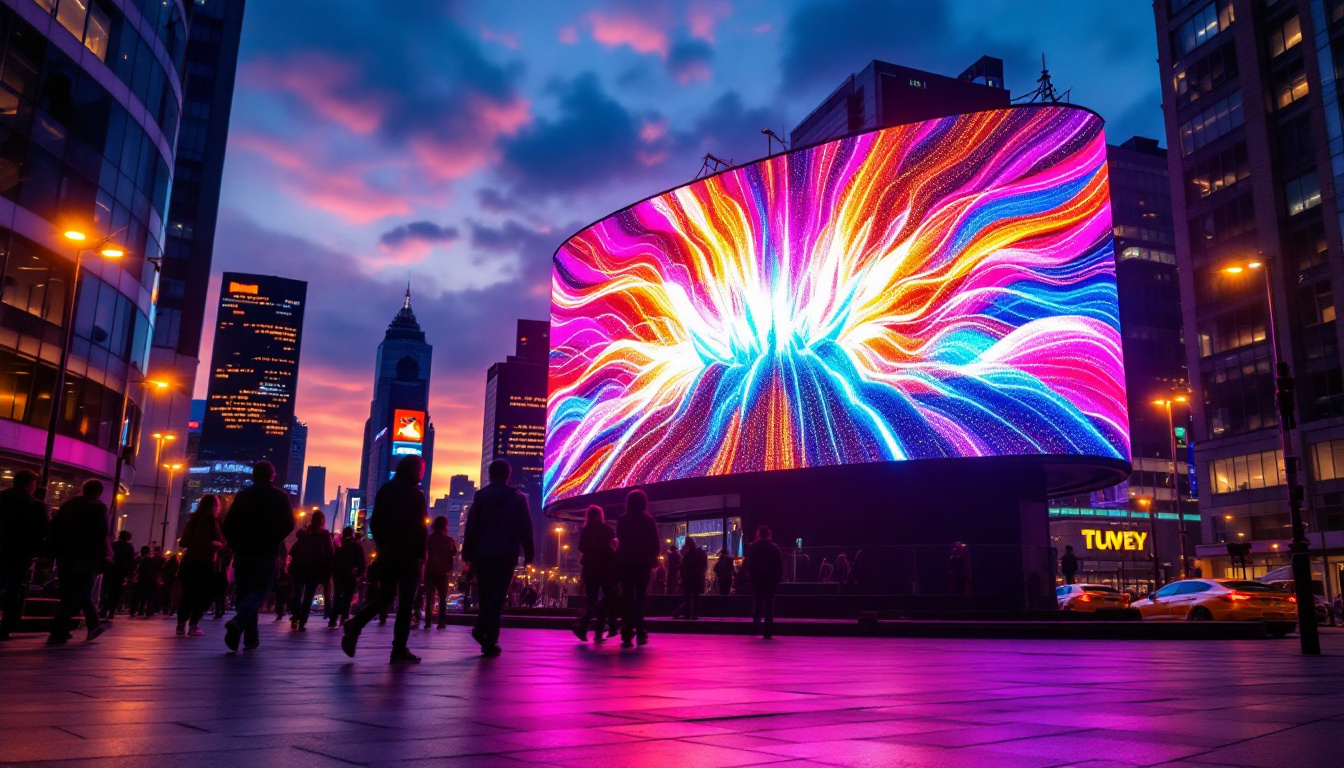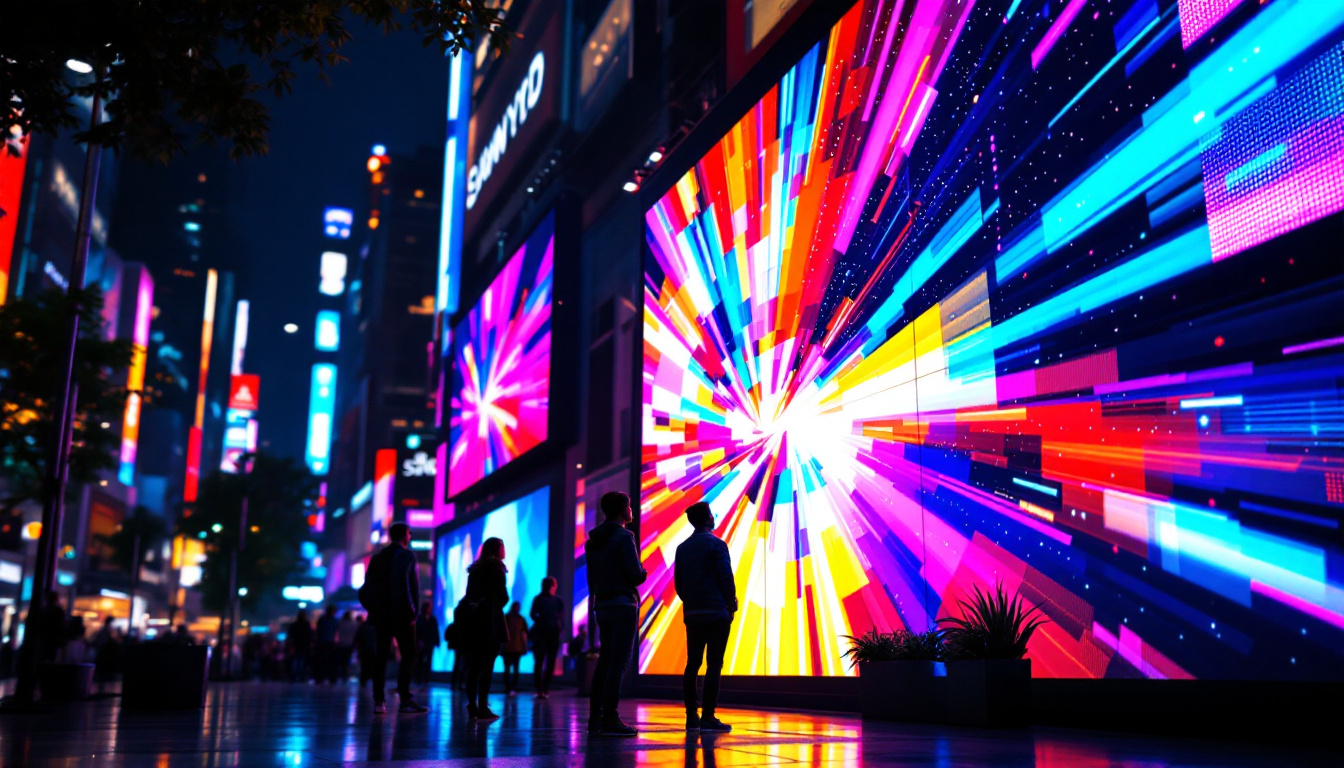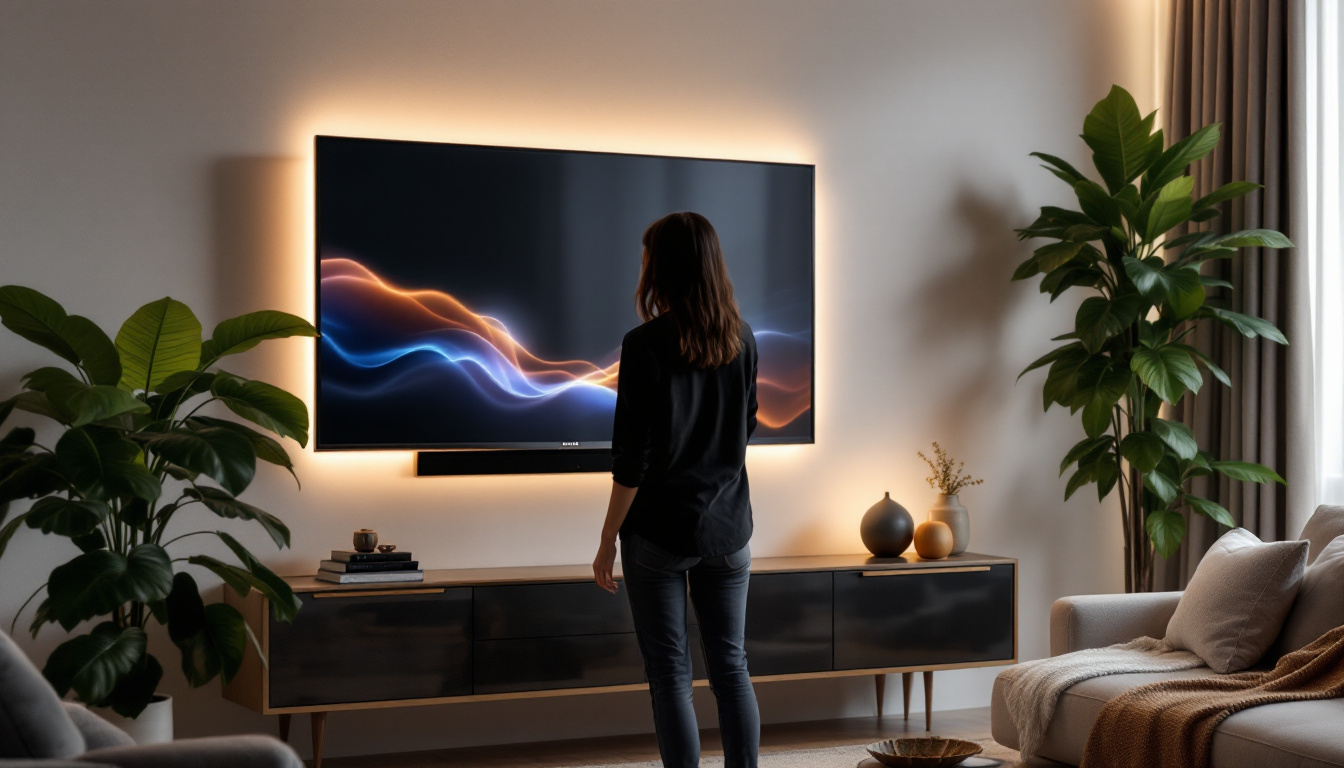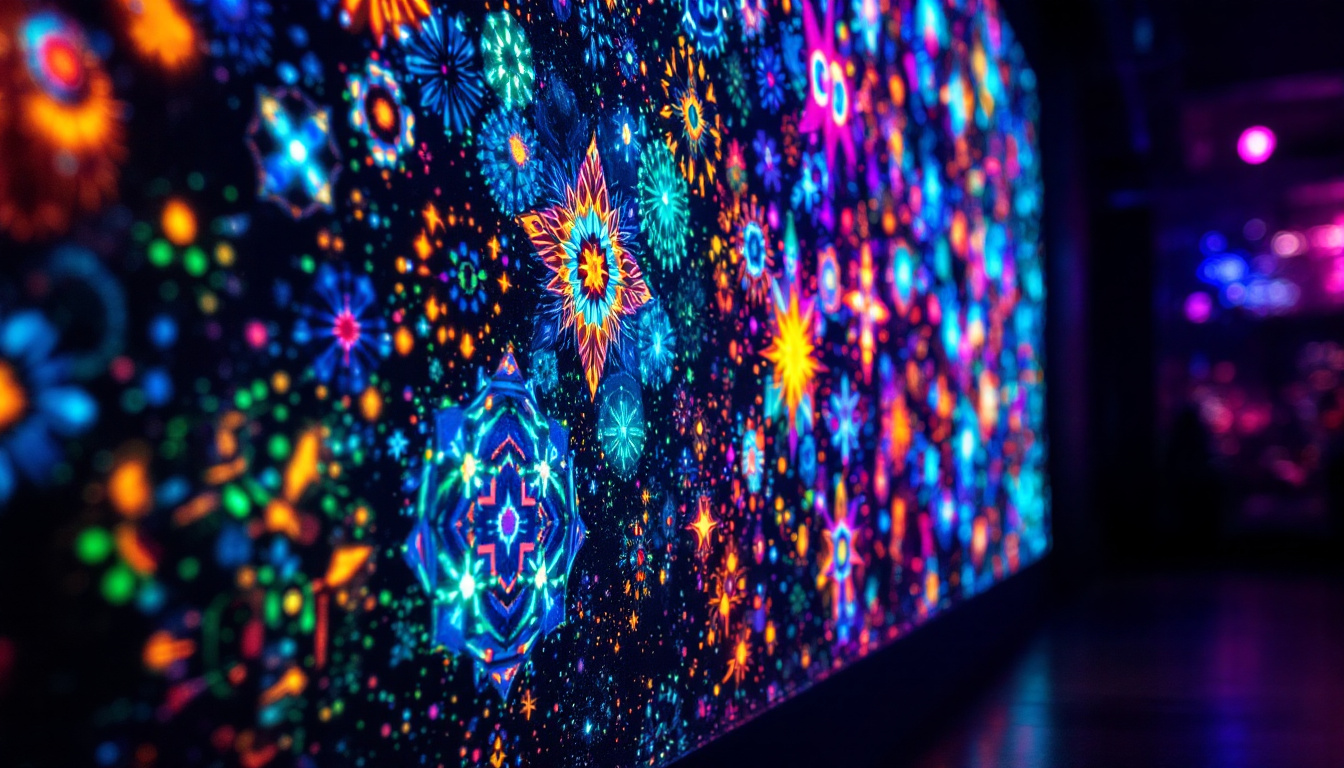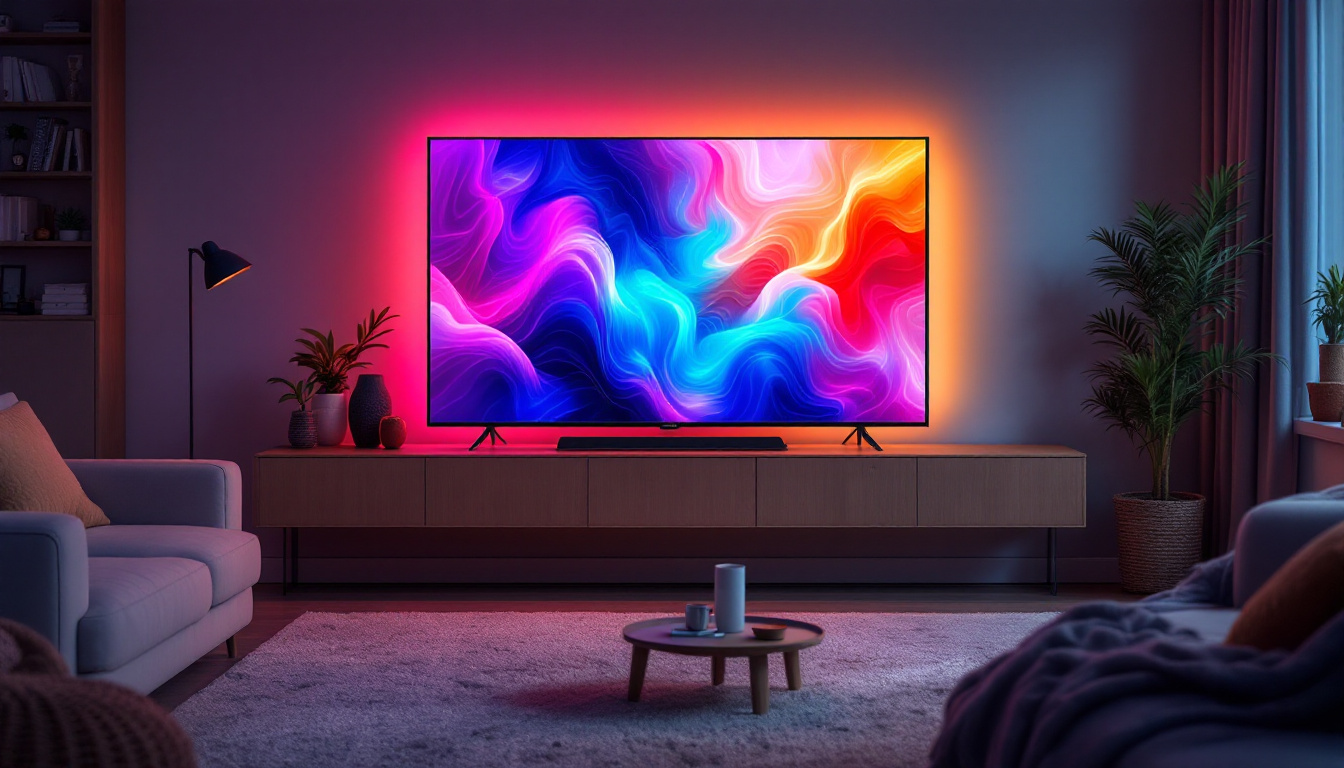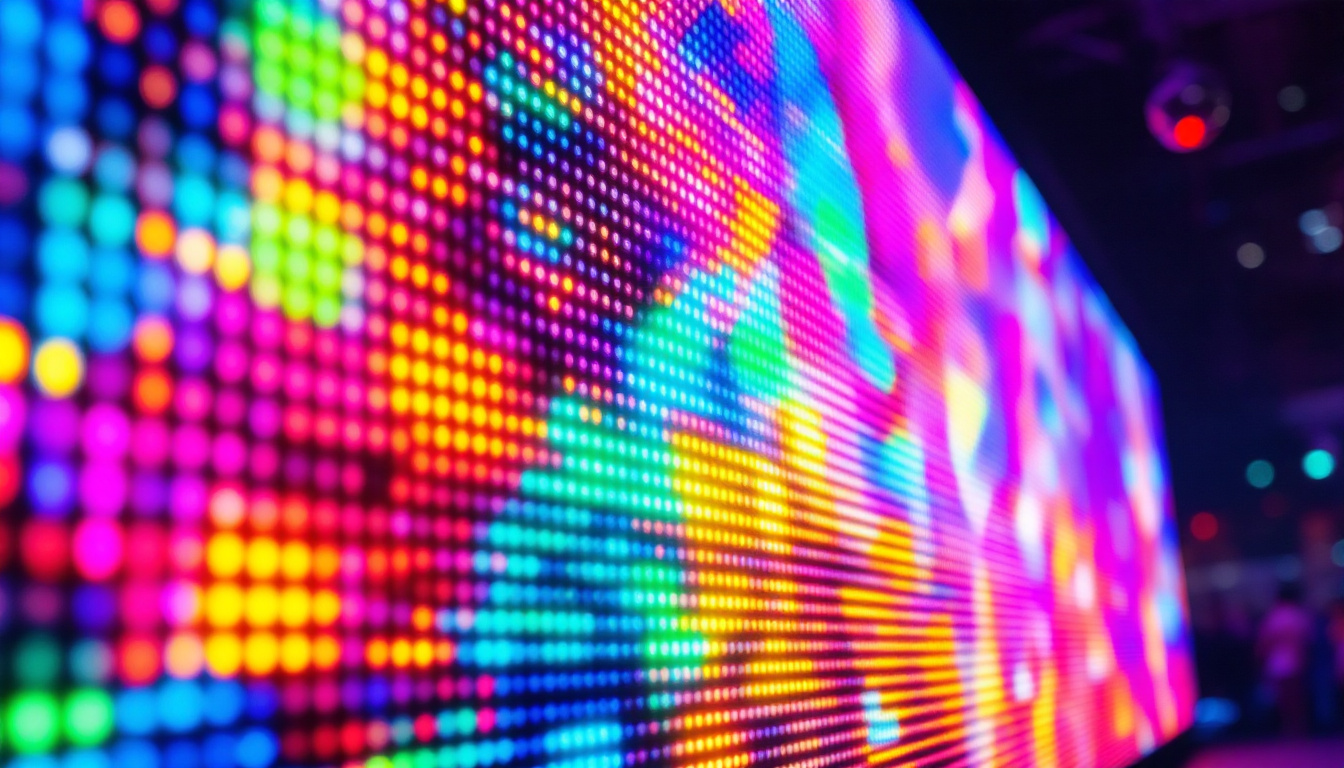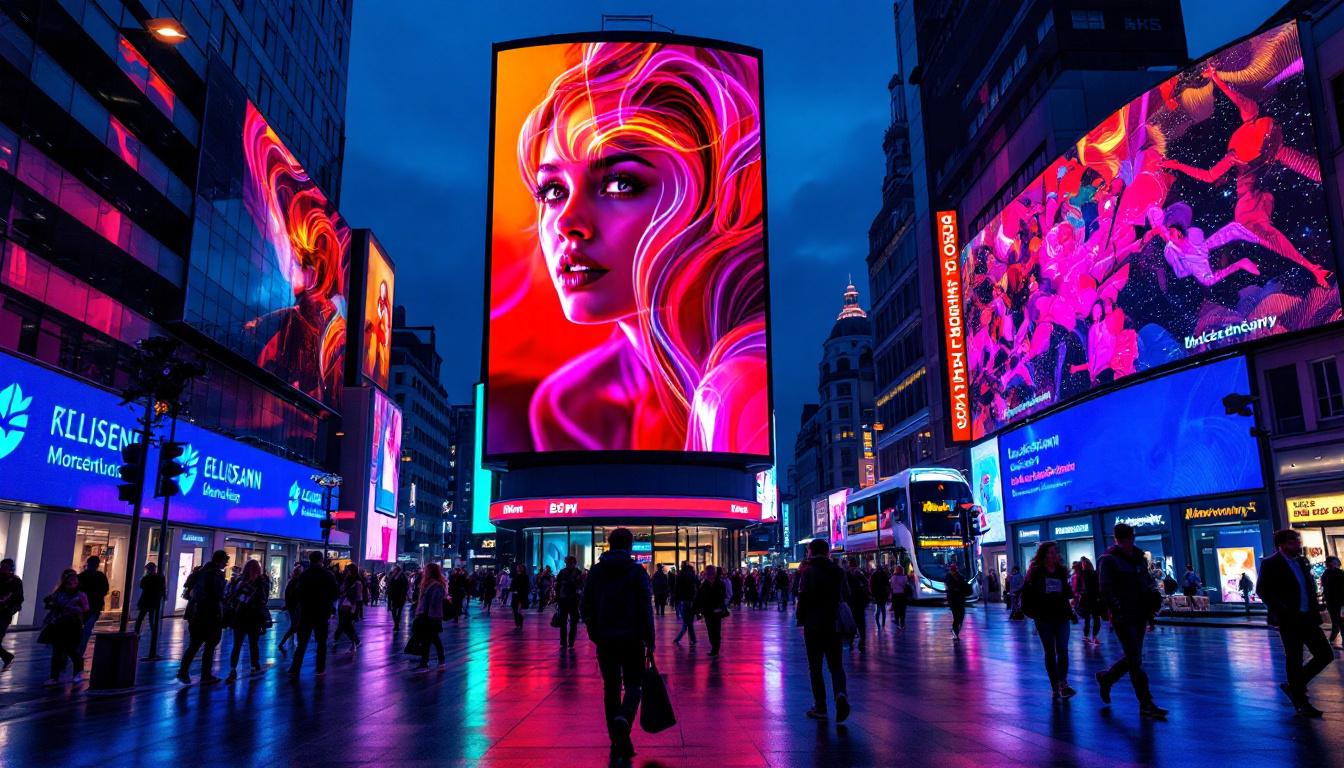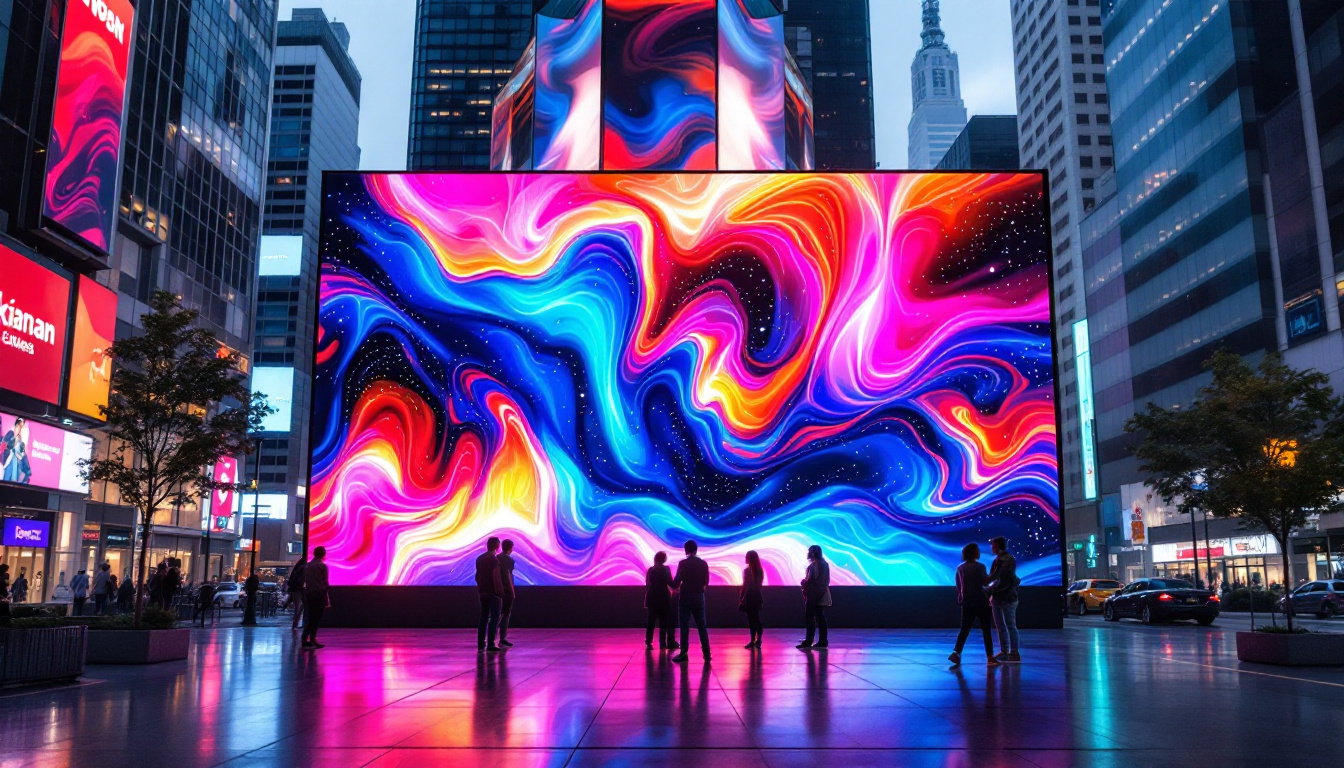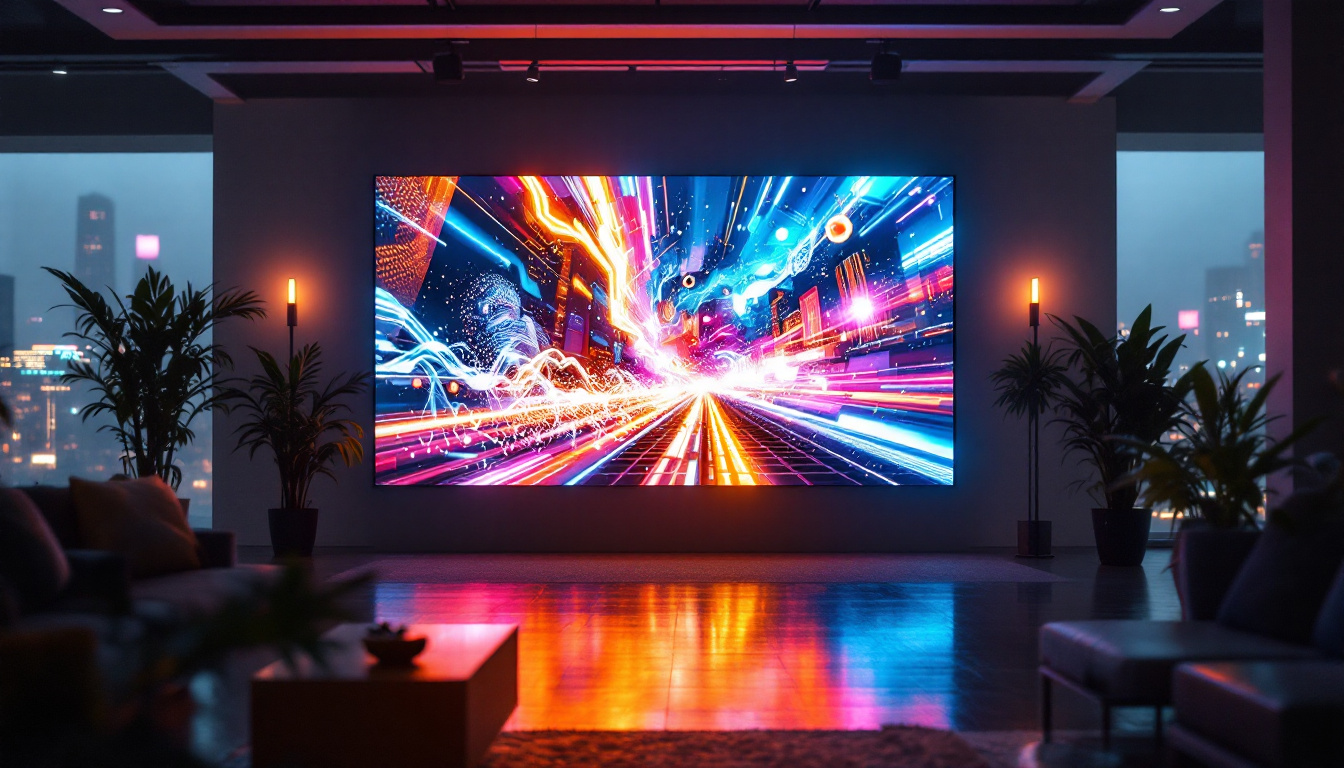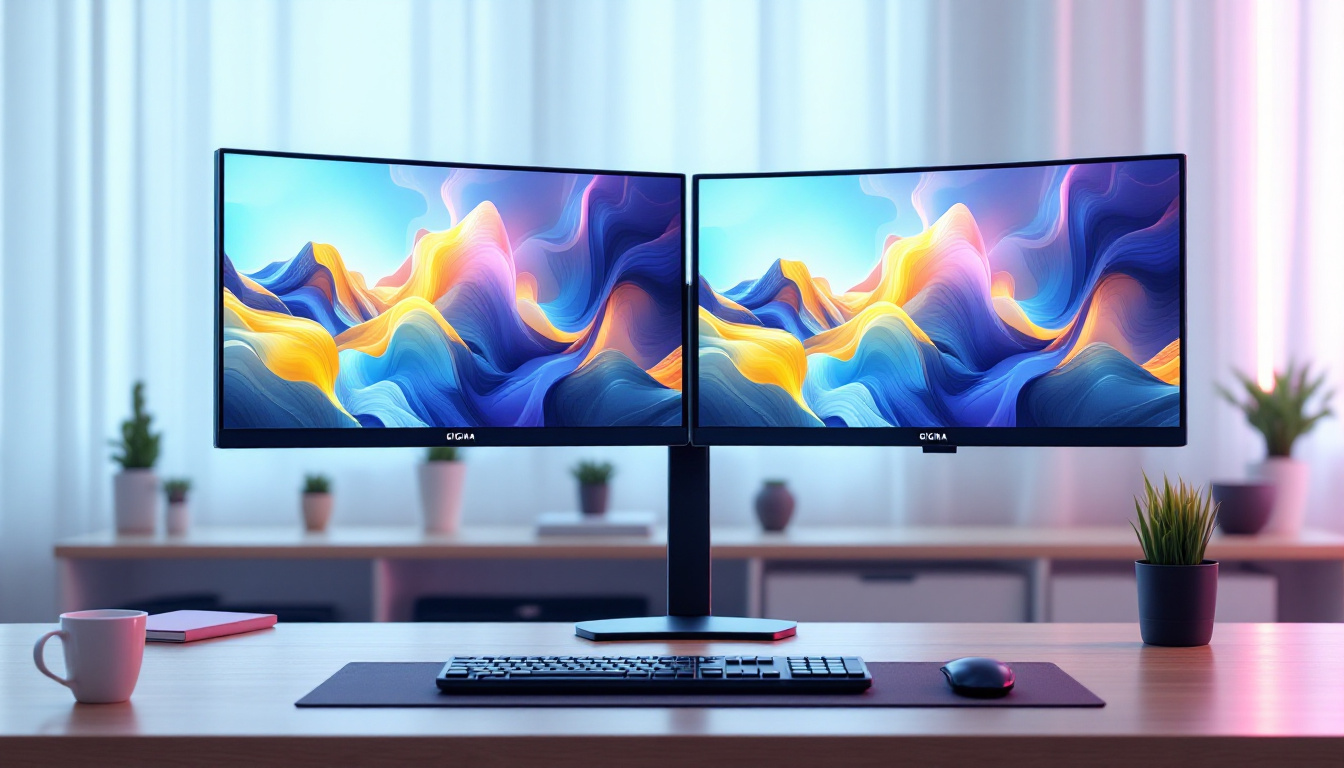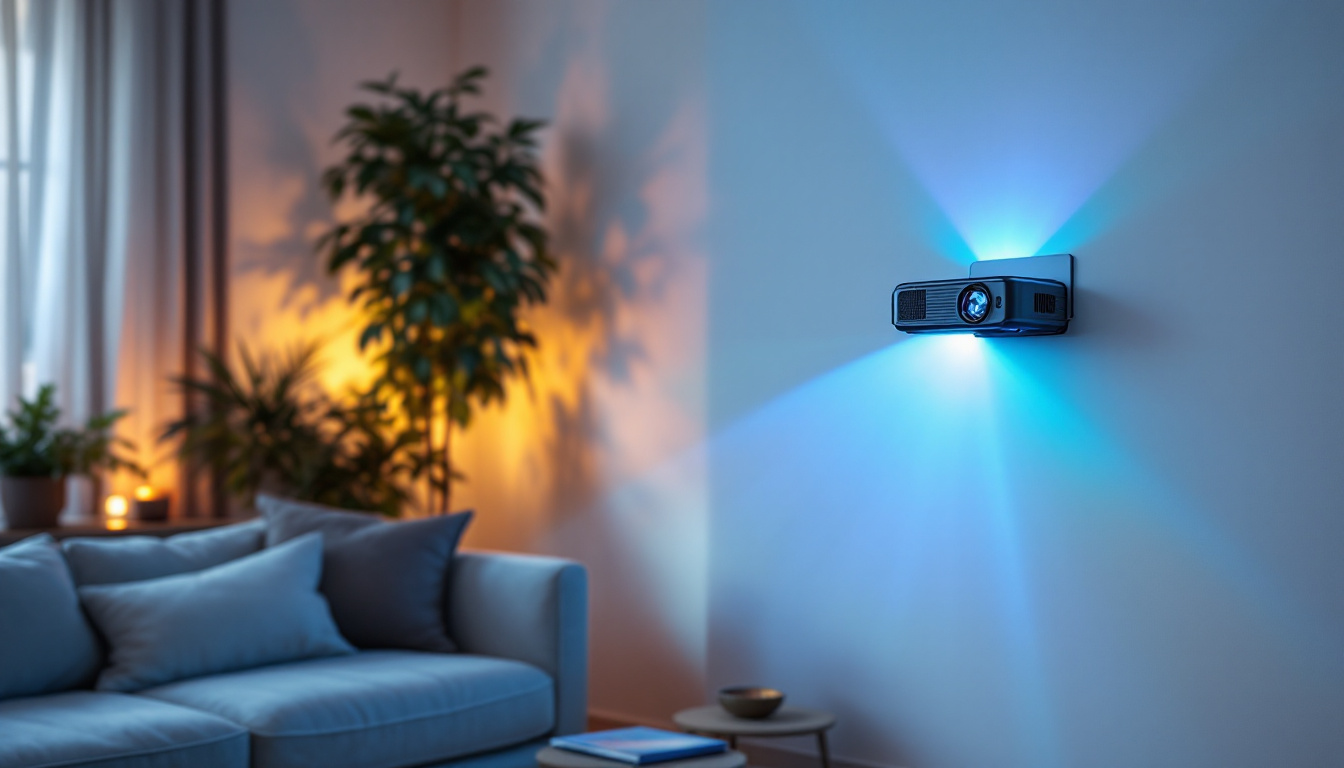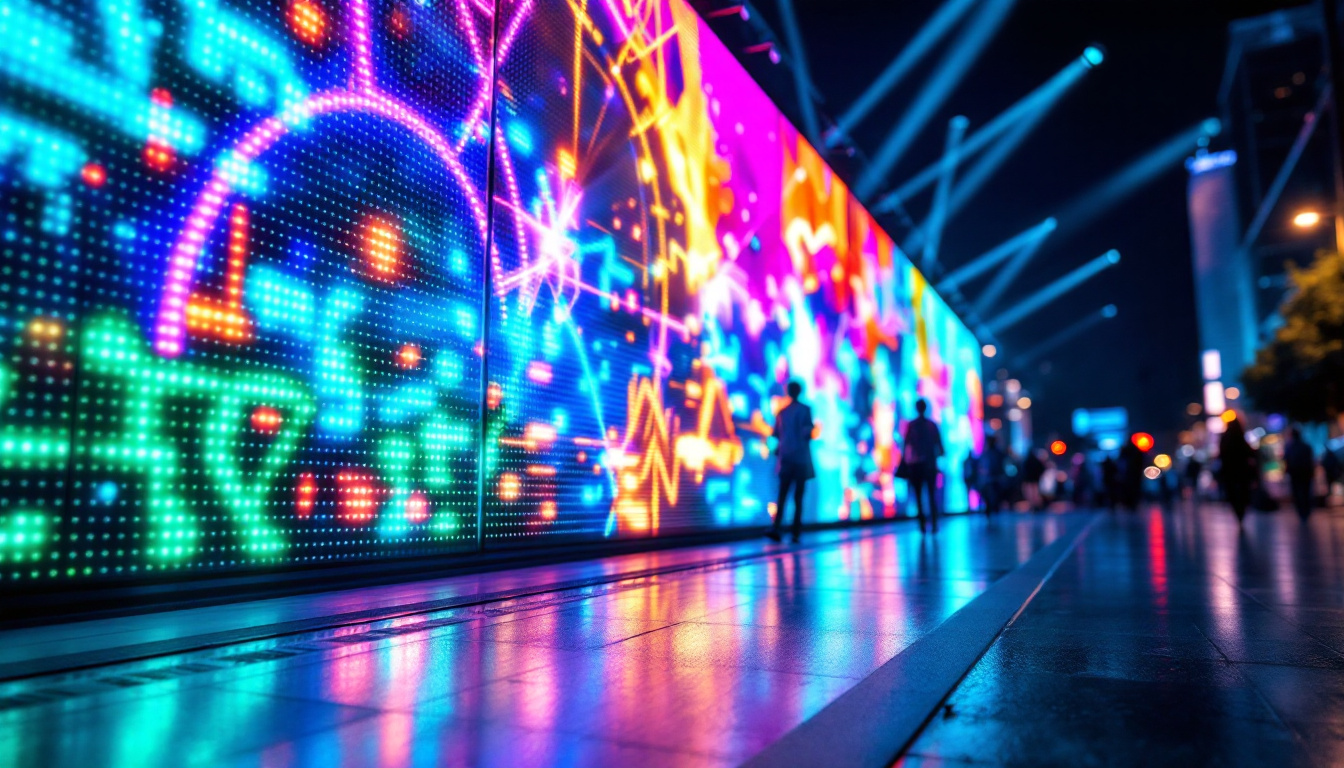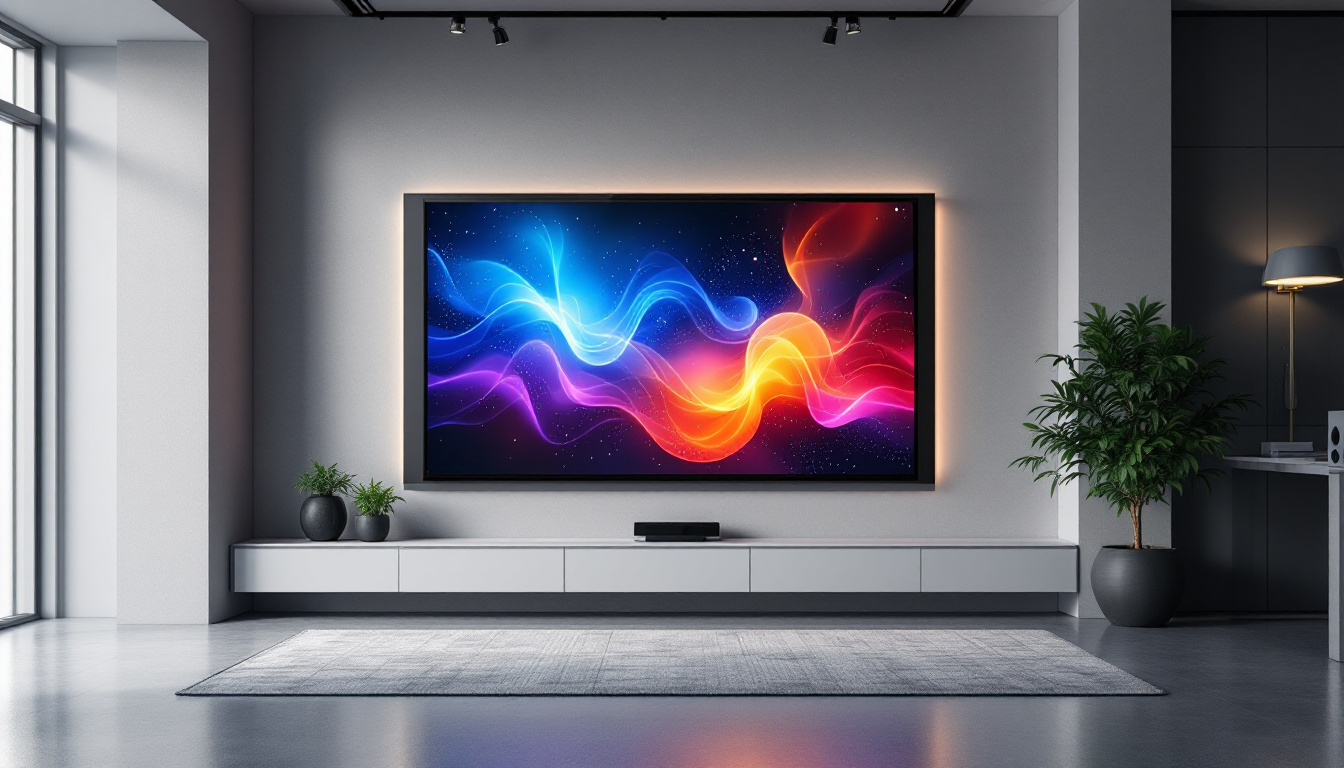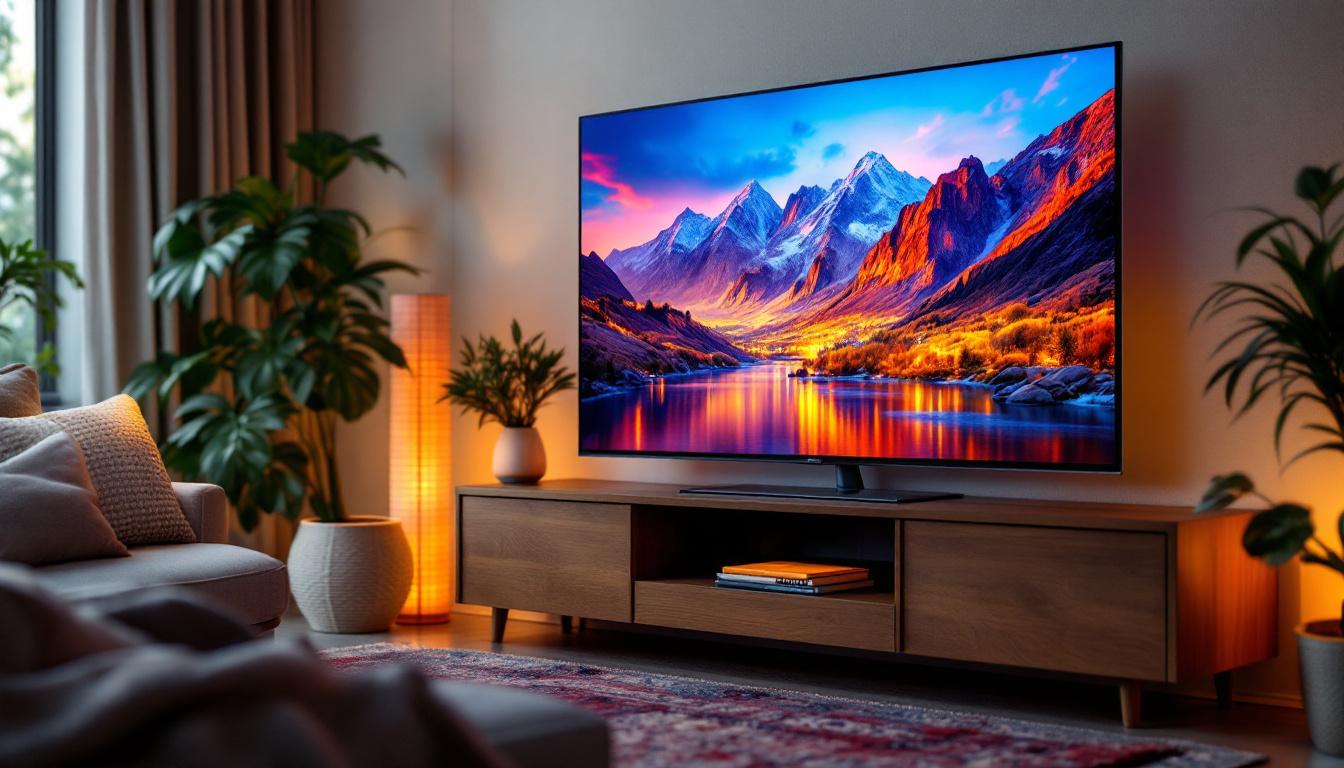In the world of visual technology, the contrast ratio is a critical metric that can significantly influence the quality of the image produced by projectors and LED displays. Understanding how contrast ratio impacts visual performance is essential for anyone looking to invest in a projector or LED display. This article delves into the intricacies of contrast ratios, their relevance in projectors, and how LED technology enhances display quality.
Understanding Contrast Ratio
The contrast ratio is defined as the difference in light intensity between the brightest white and the darkest black that a display can produce. It is usually expressed as a ratio, such as 1000:1. A higher contrast ratio indicates a greater difference between light and dark, which can lead to more vibrant and dynamic images. This characteristic is particularly important in various applications, from home theater systems to professional displays used in graphic design and photography. A display with a high contrast ratio can truly make colors pop, enhancing the overall viewing experience.
Importance of Contrast Ratio
Contrast ratio plays a pivotal role in determining the overall image quality. A high contrast ratio can enhance the perception of depth and detail in images, making them more lifelike. For instance, in a movie scene with both bright and dark elements, a projector with a high contrast ratio will render the bright areas more vividly while maintaining the richness of the shadows. This capability is essential for genres that rely heavily on visual storytelling, such as horror or action films, where the interplay of light and dark can evoke strong emotional responses from the audience.
Conversely, a low contrast ratio can result in washed-out images, where details in dark areas may become indistinguishable. This can be particularly problematic in environments with ambient light, where maintaining image clarity is crucial. For example, in a brightly lit conference room, a projector with a low contrast ratio may struggle to deliver clear visuals, making it difficult for viewers to engage with the content being presented. Therefore, understanding contrast ratios is vital for achieving optimal viewing experiences, whether for casual movie watching or professional presentations.
Measuring Contrast Ratio
Contrast ratios can be measured in various ways, with the most common method being ANSI (American National Standards Institute) measurement. This method involves measuring the luminance of white and black areas on a test pattern. The resulting ratio provides a more accurate representation of a projector’s performance in real-world scenarios. This is particularly useful for consumers and professionals alike, as it allows for a more informed decision when selecting display technology.
Another method is the full on/off measurement, which simply compares the brightness of a fully illuminated image to a completely dark one. While this method can yield impressive numbers, it may not always reflect the actual performance during typical usage, making ANSI measurement the preferred choice for many professionals. Additionally, advancements in display technology, such as OLED and HDR (High Dynamic Range), have introduced new parameters for evaluating contrast ratios, emphasizing the importance of not just the ratio itself but also the overall color accuracy and dynamic range that a display can achieve. As technology continues to evolve, understanding these nuances becomes increasingly crucial for both consumers and industry experts.
Projectors and Their Contrast Ratios
Projectors come in various types, each with its own strengths and weaknesses regarding contrast ratios. Understanding these differences can help consumers make informed decisions based on their specific needs.
DLP vs. LCD Projectors
Digital Light Processing (DLP) and Liquid Crystal Display (LCD) projectors are two of the most common types on the market. DLP projectors typically offer higher contrast ratios than LCD projectors due to their use of a color wheel and a digital micromirror device. This technology allows DLP projectors to produce deeper blacks and brighter whites, making them ideal for cinematic experiences.
On the other hand, LCD projectors can struggle with contrast ratios, particularly in brightly lit environments. However, advancements in LCD technology have led to improvements in contrast performance, making them suitable for various applications, including business presentations and educational settings.
Choosing the Right Projector
When selecting a projector, it is essential to consider the intended use. For home theaters, a projector with a high contrast ratio is crucial for delivering a cinematic experience. In contrast, for business presentations, where ambient light is often present, a projector with a balanced brightness and contrast ratio may be more appropriate.
Additionally, factors such as screen size, distance from the screen, and the lighting conditions of the room should also be taken into account. A projector that performs well in a dark room may not provide the same quality in a brightly lit environment. Thus, understanding the interplay between contrast ratio and these factors is vital for optimal performance.
The Role of LED Technology
LED technology has revolutionized the display market, offering significant advantages over traditional projection methods. One of the most notable benefits of LED displays is their superior contrast ratio, which enhances the overall viewing experience.
How LED Displays Enhance Contrast Ratio
LED displays utilize light-emitting diodes to produce images, which allows for more precise control over brightness and color. This technology enables LED displays to achieve higher contrast ratios compared to traditional projection methods. The ability to turn off individual pixels results in deeper blacks and brighter whites, creating a more dynamic image.
Moreover, LED displays often feature advanced color management systems that enhance color accuracy and vibrancy. This not only improves the contrast ratio but also enriches the overall visual experience, making it particularly appealing for applications such as digital signage, art installations, and high-end home theaters.
Benefits of LED Displays
In addition to superior contrast ratios, LED displays offer several other benefits. They are known for their longevity, with many LED systems lasting over 50,000 hours. This durability translates to lower maintenance costs and reduced frequency of replacements.
LED displays are also energy-efficient, consuming less power than traditional projection systems. This efficiency not only reduces operational costs but also makes them a more environmentally friendly option. Furthermore, their compact design allows for greater flexibility in installation, making them suitable for a wide range of applications.
Practical Applications of Contrast Ratio in Projectors and LED Displays
The implications of contrast ratio extend beyond mere image quality; they play a significant role in various practical applications. Understanding how contrast ratios affect different environments can help users select the right technology for their needs.
Home Theater Systems
For home theater enthusiasts, achieving a high contrast ratio is essential for creating an immersive viewing experience. A projector with a contrast ratio of at least 2000:1 is often recommended for dedicated home theaters, where light control can be effectively managed. This ensures that movies, sports, and video games are displayed with the depth and detail intended by the creators.
Moreover, LED displays are gaining popularity in home theaters due to their ability to produce vibrant colors and deep blacks. As technology advances, more consumers are opting for LED solutions to enhance their viewing experiences.
Business and Educational Settings
In business and educational environments, the importance of contrast ratio cannot be overstated. Presentations often take place in rooms with varying lighting conditions, making it crucial for projectors to deliver clear images. A projector with a contrast ratio of 1000:1 or higher is generally recommended for such settings, as it can provide adequate image quality even in well-lit spaces.
LED displays are also becoming increasingly common in these environments, offering bright, clear images that can be easily viewed from a distance. Their durability and low maintenance requirements make them an attractive option for schools and corporate offices alike.
Future Trends in Contrast Ratio and Display Technology
The landscape of display technology is continually evolving, with advancements in contrast ratio and overall image quality at the forefront of innovation. As manufacturers strive to create better and more efficient display solutions, several trends are emerging.
Advancements in Laser Technology
Laser projectors are gaining traction as an alternative to traditional lamp-based projectors. These systems often boast higher contrast ratios and improved color accuracy. By utilizing lasers as a light source, these projectors can produce brighter images while maintaining deeper blacks, making them suitable for both home and commercial use.
As laser technology continues to develop, it is likely that we will see even greater improvements in contrast ratios, further enhancing the viewing experience across various applications.
Integration of AI and Smart Features
Artificial intelligence (AI) is beginning to play a role in display technology, with smart features that can optimize contrast ratios based on environmental conditions. For instance, some modern projectors and LED displays can automatically adjust brightness and contrast settings to suit the surrounding light levels, ensuring optimal image quality at all times.
This integration of AI not only enhances user experience but also simplifies the setup process, making it easier for users to achieve the best possible image quality without extensive manual adjustments.
Conclusion
The contrast ratio is a fundamental aspect of both projectors and LED displays that significantly impacts image quality. Understanding its importance and how it varies across different technologies can help consumers make informed decisions when selecting display solutions. With advancements in LED technology and the emergence of new trends, the future of display technology looks promising, offering even more vibrant and lifelike images.
As the demand for high-quality visual experiences continues to grow, manufacturers will likely focus on enhancing contrast ratios and overall performance. Whether for home theaters, business presentations, or educational purposes, the ability to deliver stunning visuals will remain a top priority in the ever-evolving world of display technology.
Discover LumenMatrix’s Advanced LED Display Solutions
Ready to elevate your visual experience with superior contrast ratios? Look no further than LumenMatrix, a pioneer in LED display technology. Our extensive range of products, from Indoor and Outdoor LED Walls to innovative Transparent Displays, is designed to bring your content to life with unparalleled vibrancy and clarity. Whether for captivating home theater setups, dynamic business presentations, or immersive educational environments, LumenMatrix has the cutting-edge solution to meet your needs. Check out LumenMatrix LED Display Solutions today and transform the way you share your message with the world.


